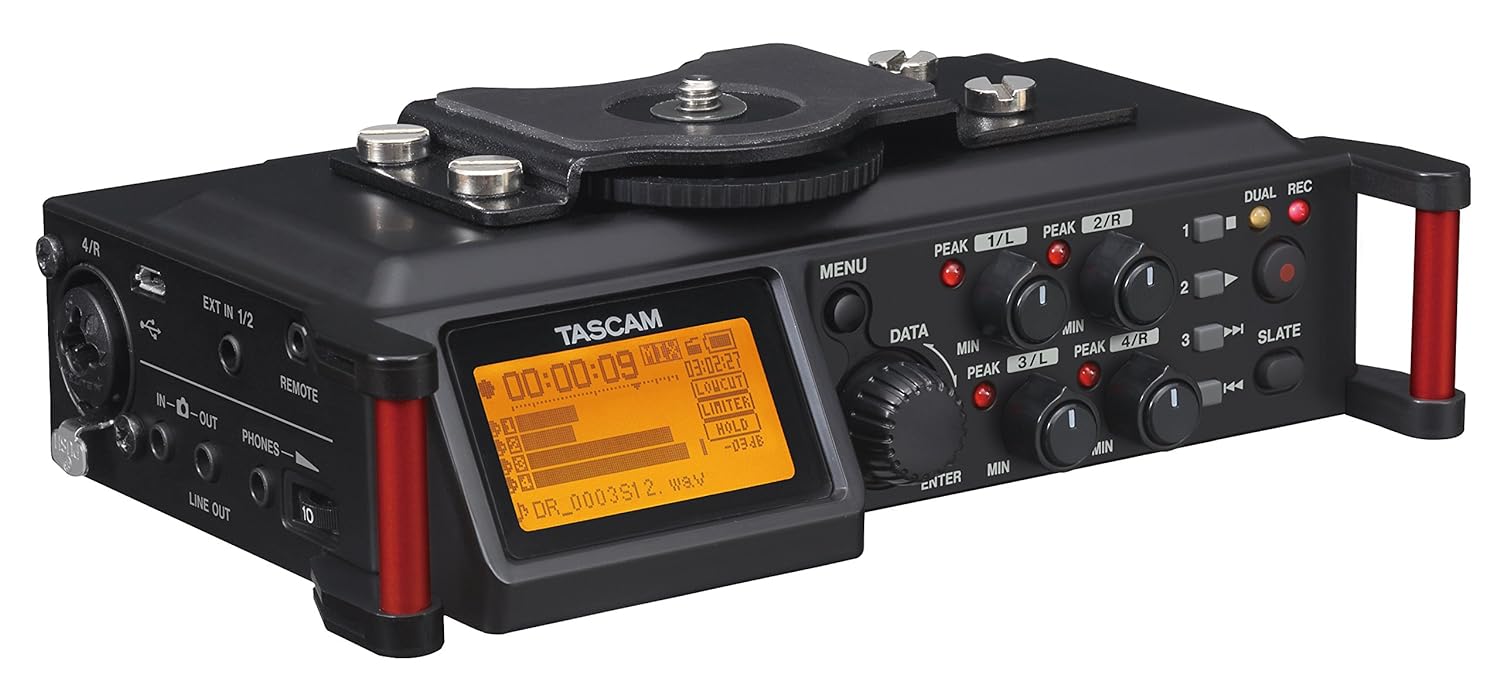Eric The Viking
Established Member
- Joined
- 19 Jan 2010
- Messages
- 6,599
- Reaction score
- 76
I want to make some small audio "meters", just to indicate signal present, signal "roughly right", and signal over (three LEDs). I need a pair in a bit of portable kit to connect to the audio inputs of a cheap camera (with limited functionality). there is a vague woodwork connection, honest!
I've been looking at the TI (and others) bargraph LED driver LM3914. It looks perfect for the task (3V power rail, simple enough for me to understand(!)), but I only want to drive 3 LEDs not 10, picking the LED outputs I need to give the necessary range.
I don't think three LEDs will be a problem, but as the chip seems to be fairly common, I wondered if anyone else has used it and can comment... and if it's a poor choice, then what?
E.
PS: The intent is that the IC won't be on all the time, just used for level-setting and then turned off, to preserve battery life. Thus I'm not worried about 'clever' LED drivers that pulse them.
I've been looking at the TI (and others) bargraph LED driver LM3914. It looks perfect for the task (3V power rail, simple enough for me to understand(!)), but I only want to drive 3 LEDs not 10, picking the LED outputs I need to give the necessary range.
I don't think three LEDs will be a problem, but as the chip seems to be fairly common, I wondered if anyone else has used it and can comment... and if it's a poor choice, then what?
E.
PS: The intent is that the IC won't be on all the time, just used for level-setting and then turned off, to preserve battery life. Thus I'm not worried about 'clever' LED drivers that pulse them.



































